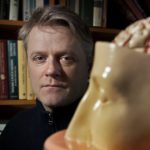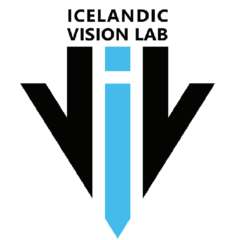Research in the Icelandic Vision Lab covers a wide field of topics. Here are some examples.
Table of Contents
Dimensions of Object Perception
What are the dimensions on which objects differ visually and semantically from one another? How does this affect the organizational principles of object perception, as evidenced by individual differences in behavior, special abilities and disabilities, and developmental trajectories?
People mainly involved in this project:
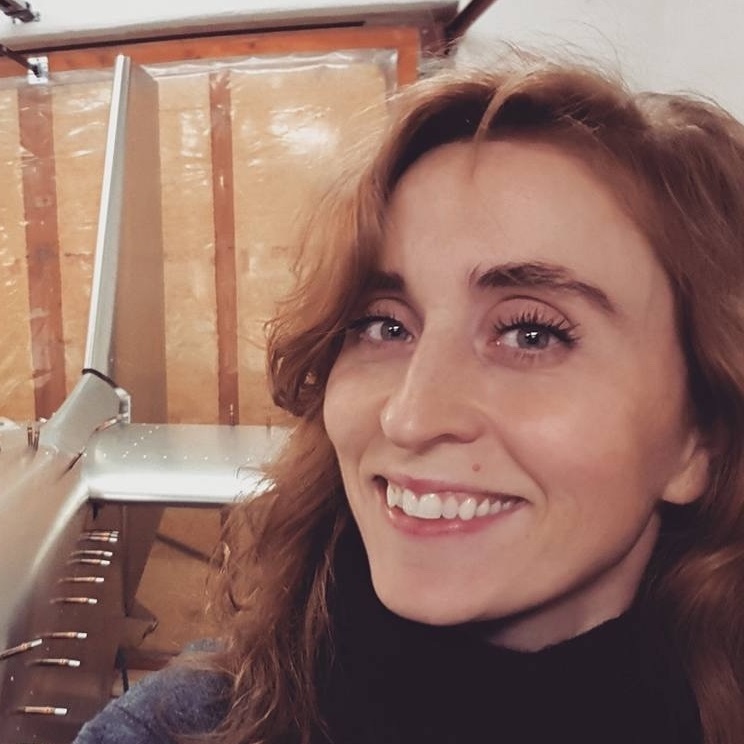
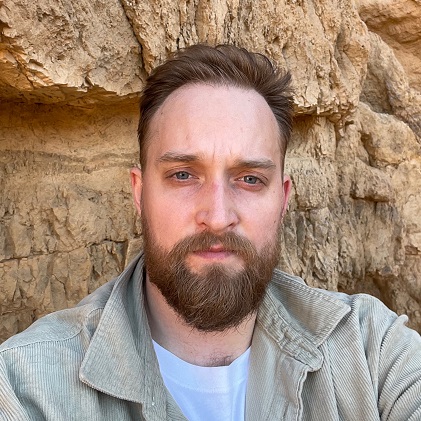
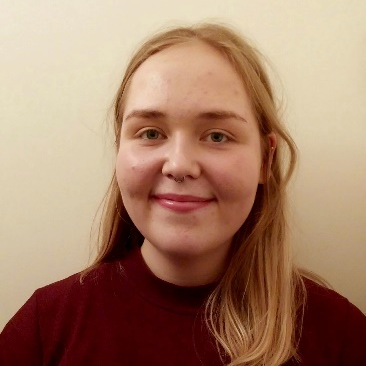
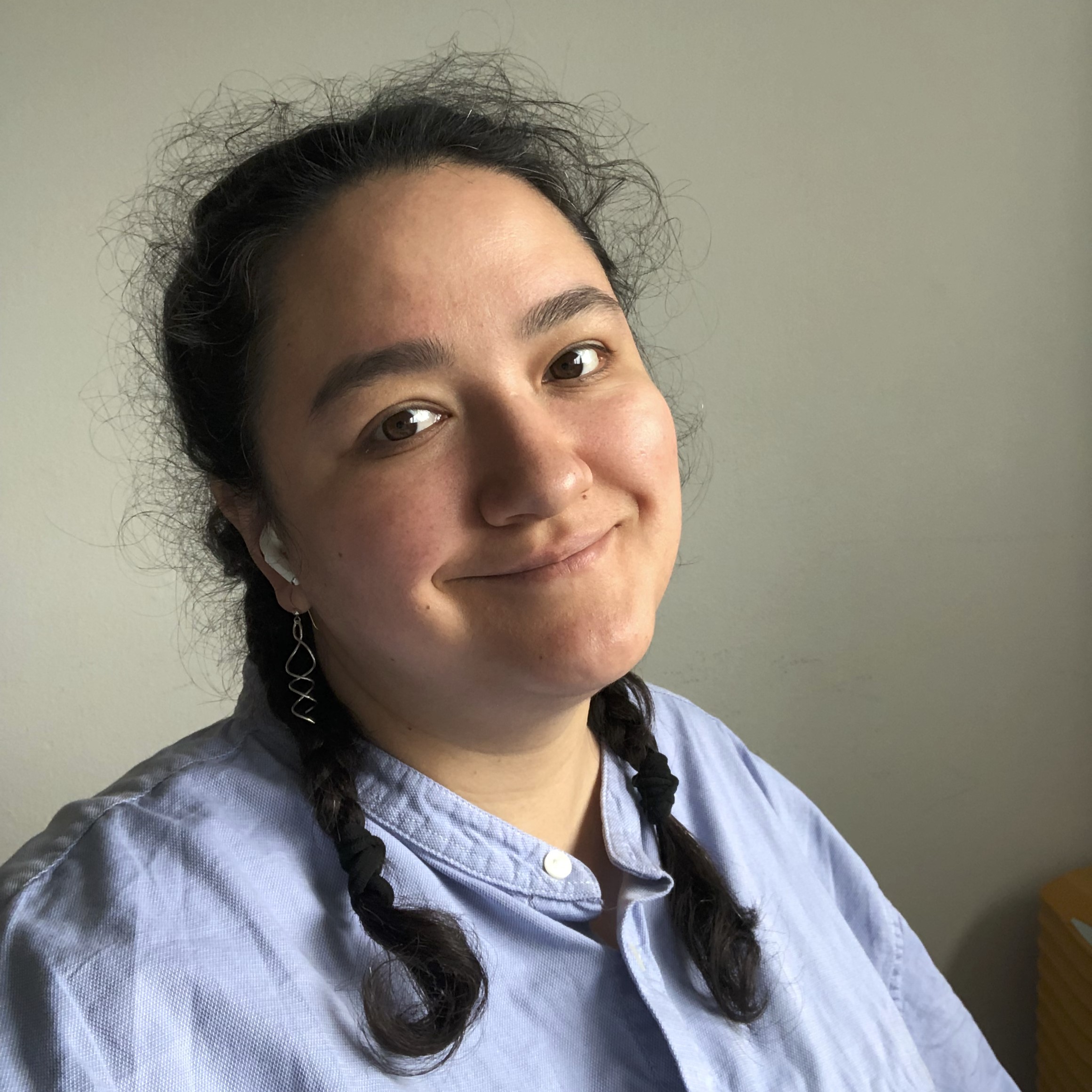
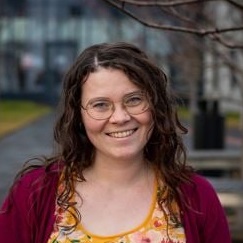

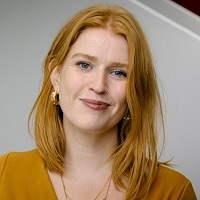
Predictors of Reading Problems
Mounting evidence from our lab suggests that people with dyslexia have very specific problems with tasks that are thought to rely on the workings of high-level regions of the visual system. We are conducting further behavioral and neural studies on the role of visual and non-visual factors in reading problems, including longitudinal measurements on beginning readers and prereaders to see what predicts reading development. Collaborators include: Freyja Birgisdóttir (University of Iceland) and Randi Starrfelt (University of Copenhagen).
People mainly involved in this project:





Redundancy masking and crowding in the visual periphery
While only the central 5°of the visual field around fixation can be perceived with high acuity, perception does not fade into darkness in the periphery. Reading, driving and most day-to-day interactions require recognition of peripheral objects. However, recognition is greatly impaired when objects are presented in clutter, especially in the visual periphery, a mechanism called visual crowding. Crowding therefore, sets the boundary conditions to object recognition and the ability to identify objects. It strongly impacts most everyday actions, including reading, eye movements and driving. It has important clinical implications for patients with macular degeneration or amblyopia. This project examines object recognition in the visual periphery, attempting to map object appearance across the entire visual field.

Visual Imagery
“I used to be a hyperphant… I had a stroke in 2017 which left me with memory impairment… and aphantasia. I noticed immediately that my memories were gone and I knew something else was wrong, but it took a while to figure out that I’d lost my mind’s eye. It’s been devastating to me. I’ve lost my job and career, my sense of identity.”
– Anonymous, shared with permission
The person above has first-hand experience with two extremes of human imagination. Those with hyperphantasia have highly detailed and nearly photo-realistic visual imagery while those with aphantasia are unable to visualize at all – they have a blind mind‘s eye. We are interested in these extremes of human imagination and their relation to other cognitive abilities such as visual perception and visual memory. Collaborators include: Vaka Vésteinsdóttir (University of Iceland) and Thomas Alrik Sørensen (Aalborg University).
People mainly involved in this project:



Visual Statistics
Some of our research involves the representations of statistical variation in artificial displays and natural scenes. Recent evidence from our lab shows that observers can have a remarkably detailed representation of the distributions of stimuli in the environment. This work combines the disciplines of summary statistics, visual attention and sequential dependencies and priming in vision in addressing how we represent featural variation in the visual environment. The project involves behavioral studies, computational modeling, and neurophysiological studies. This project is done in collaboration with Dr. Andrey Chetverikov (Donders Institute for Brain, Cognition and Behaviour, Radboud University, Netherlands) and Dr. Gianluca Campana (University of Padova, Italy).
People mainly involved in this project:

